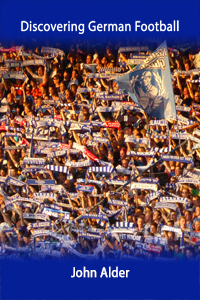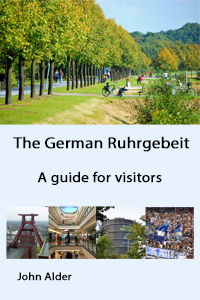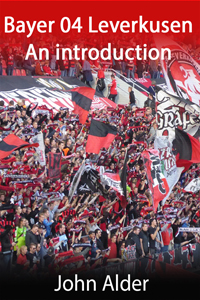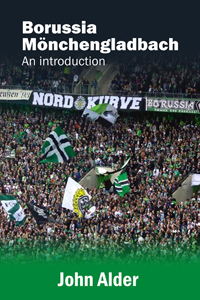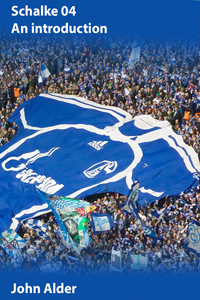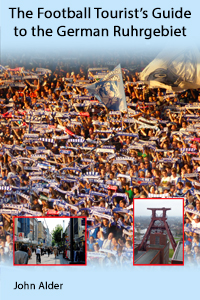RB Leipzig – A brand new club
In 2008 energy drink manufacturer Red Bull purchased the playing rights of SSV Markranstädt, a little known fifth division club close to Leipzig. This was the first step in establishing a brand new football club called Rasenballsport Leipzig (RB Leipzig). This new club, formally launched in May 2009, had the ambition of gaining promotion to the Bundesliga within eight years.
Although RB Leipzig began playing in the old Markrandstädt stadium in the Oberliga, plans were already in place to move to the larger and more modern Zentralstadion. After buying the rights to rename it the Red Bull Arena the club moved to its new home in 2010.
The Red Bulls quickly gained promotion into the Regionalliga and then rose through the divisions before finally winning promotion to the Bundesliga at the end of the 2015/16 season.
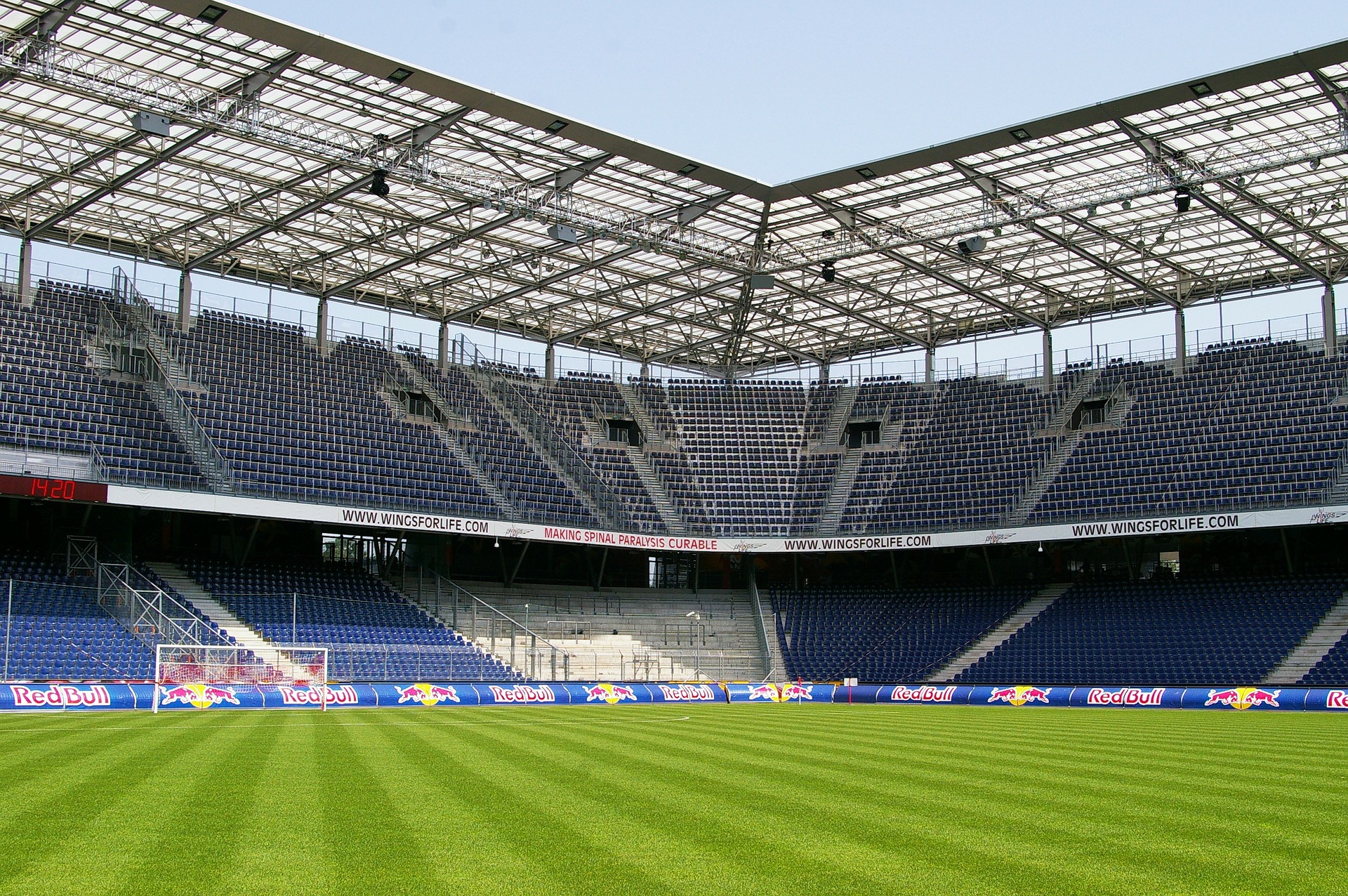
Controversial from the start
It is an understatement to say that RB Leipzig is a controversial club. For some, it is a modern success story. They argue that astute management on and off the pitch, an exciting, an entertaining brand of football and first-class youth academy make it the club most likely to break the dominance of Bayern München.
For others, it is a total betrayal of German football’s values. These people consider RB Leipzig to be a marketing tool and believe the owners are ksimply buying success. They think the club is bypassing rules designed to ensure fans retain ownership of their clubs and presents a risk to the values and traditions that make German football so special.
There have been fan boycotts, protests and demonstrations – but the club has continued its steady, inexorable march through the leagues. The fanbase has grown each year, and it looks like it is here to stay.
Tickets for RB Leipzig
Ticket prices vary depending on the opponent. The cheapest start at 20,00 euros and the most expensive cost 70 euros. There is an online shop, and you can also get tickets at the ground. The club website also has a ticket exchange section (Ticketbörse) where you can buy returns.
Getting to Leipzig
There are direct flights from London Stansted to Leipzig/Halle airport. There are regular trains into the city centre.
The other easy way to get to Leipzig is to travel via Berlin which has two international airports.
Berlin-Tegel is to the north-west of the city and Berlin-Schönefeld to the south-east. The two airports run a combined website, which will give you a good idea of departure points.
Getting into town is simple:
• From Tegel, bus 128 will take you to “Kurt-Schumacher-Platz” where you can take the U6 underground into the city centre.
• The S9 and S45 trains link Schönefeld to the city transport system. A taxi will cost about 25 euros.
There are regular trains between Berlin and Leipzig. You can order a ticket with Deutsche Bahn or Loco2.
Getting to the Red Bull Arena
You can walk from the central station to the ground in about 30 minutes. Alternatively, trams 3, 7 and 15 will take you there – your stop is called ‘Sportforum.’
Inside the BayArena
Since 2010 RB Leipzig has played in the Red Bull Arena. It is a thoroughly modern stadium with 42,959 seats and all the amenities you could expect or need.
They operate a cashless payment system inside the ground. You can order a cashless card with you ticket, or pick one up at one of the clearing points in or near the Arena. You load it with cash and then use it like a debit card to buy food and drink. When you leave you can get a repayment of any money still on your card.
Other things to do in Leipzig
There’s plenty of history in Leipzig, but it is also a very modern and vibrant place. You will have no trouble finding things to do before and after the football. Here are three suggestions:
1. Wander around the Altstadt
The old centre of Leipzig is full of carefully restored historic buildings. There are also plenty of shops, cafes and bars.
2. Visit the Stasi Museum
The Stasi was East Germany’s notorious security police force. This museum, which is based in its former Leipzig headquarters, documents how it was used to spy on the entire population and to crush any dissent.
3. Go to the Nikolaikirche
Events at this church contributed significantly to the peaceful overthrow of the East German regime and the eventual reunification of the country. In September 1989 huge numbers people started to gather here to pray for peace. Prayers were then followed by mass demonstrations as people marched through the streets demanding change. The largest gathering consisted of 70,000 people. Although soldiers and security police were on standby to crush these protests, the orders never came, and eventually, the DDR leadership gave in, and eventually the whole system collapsed.
